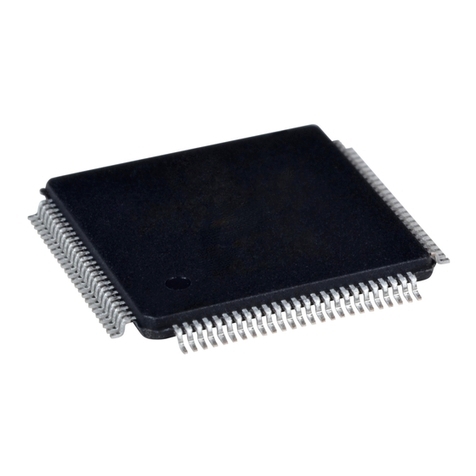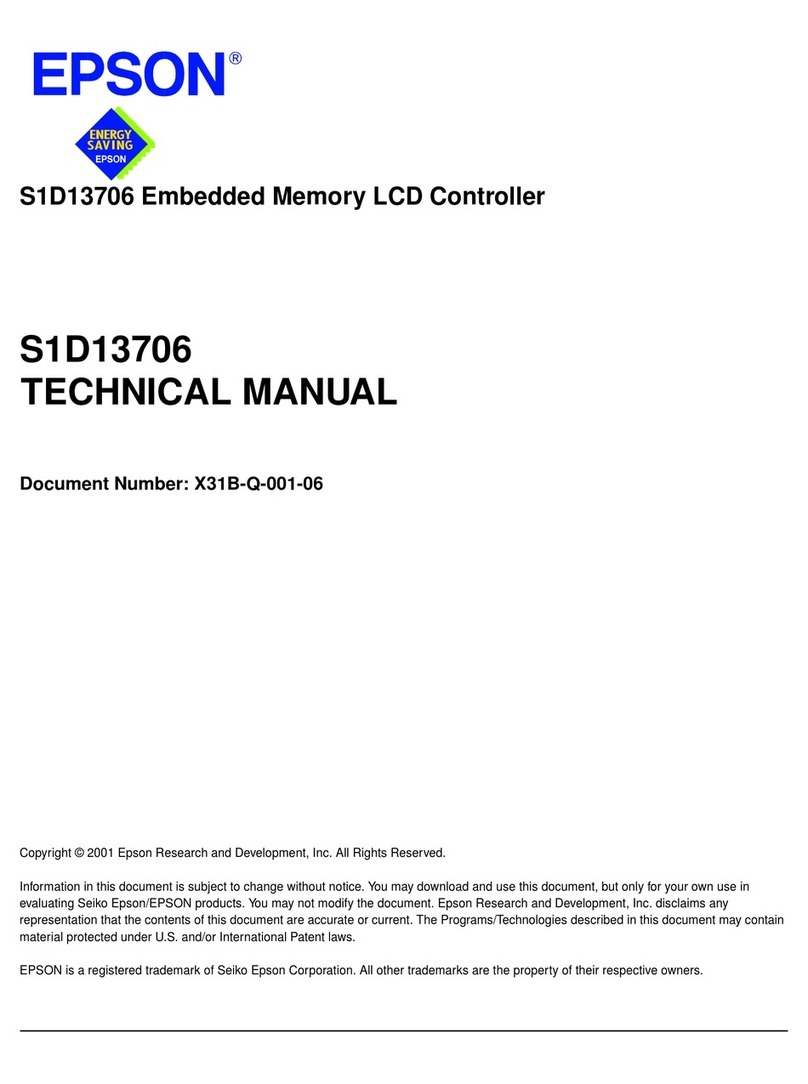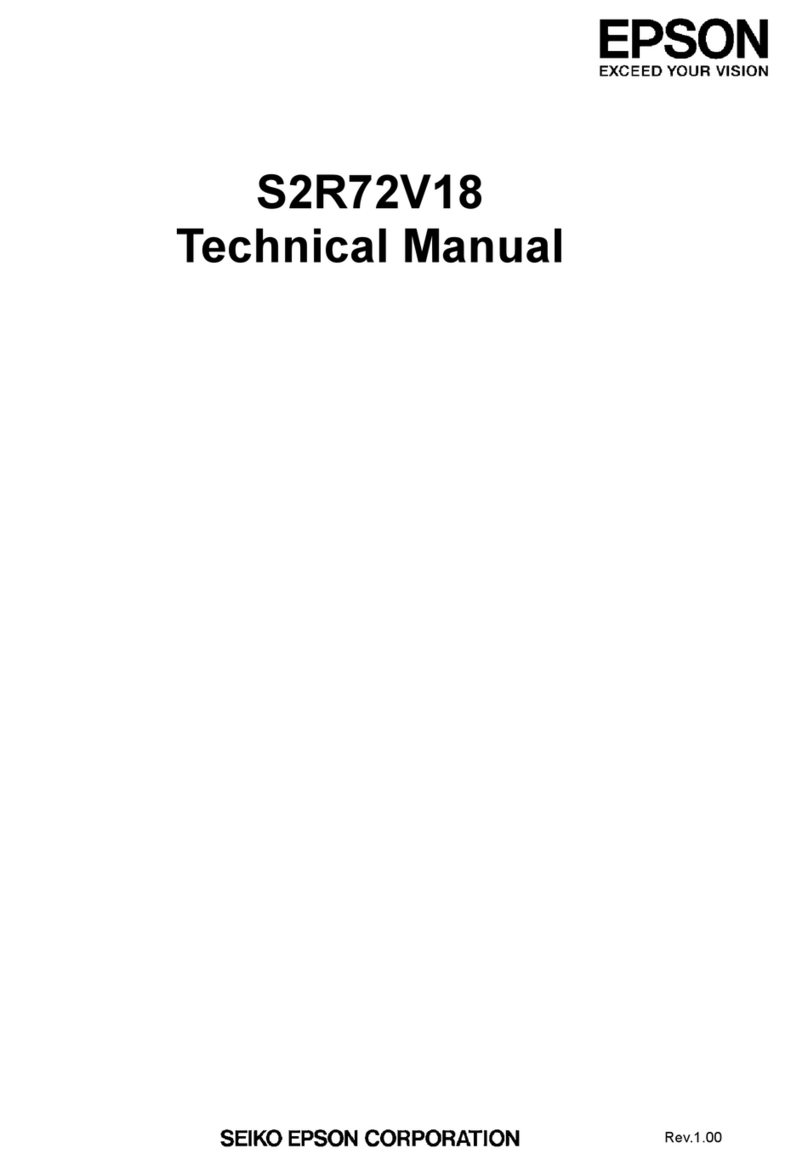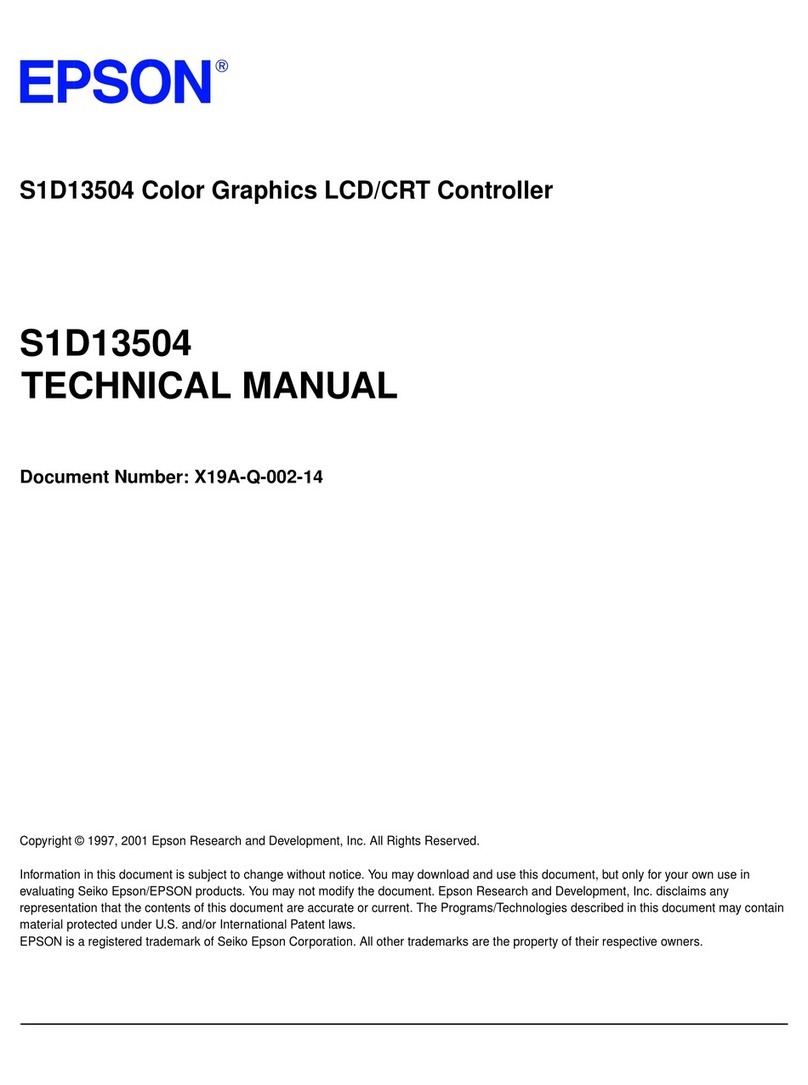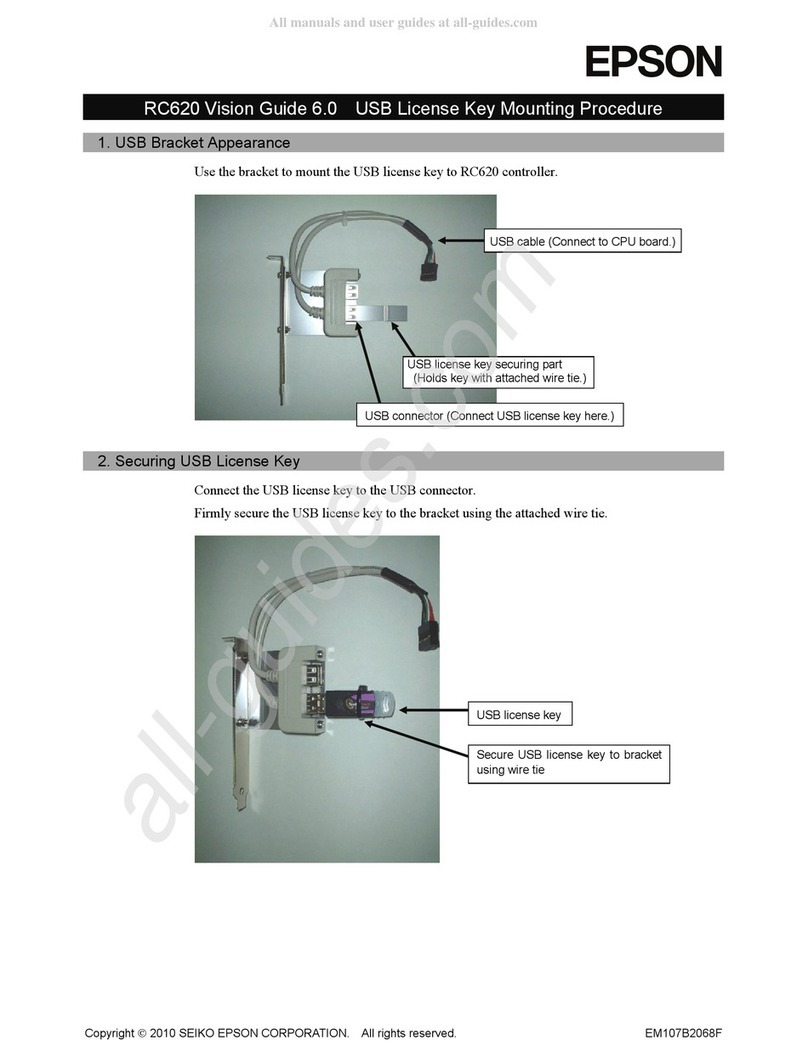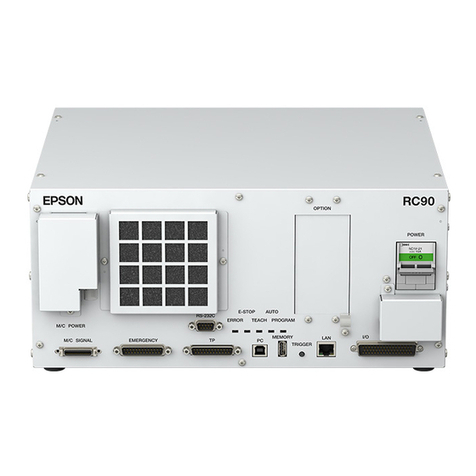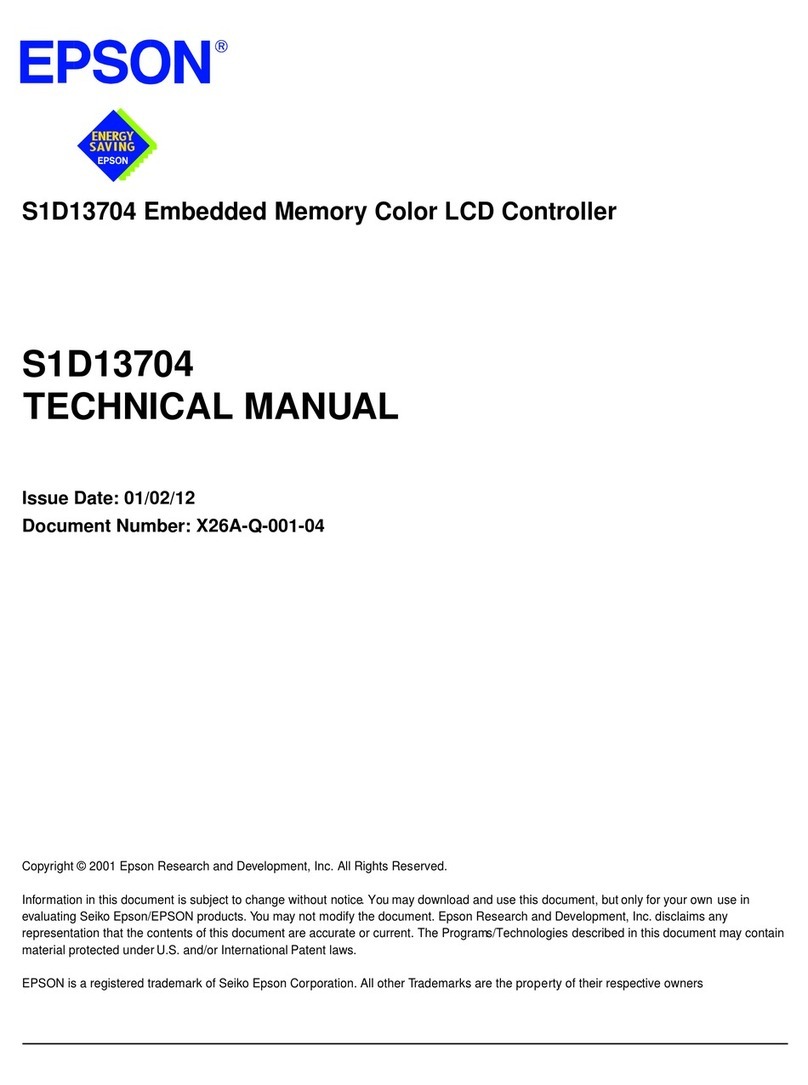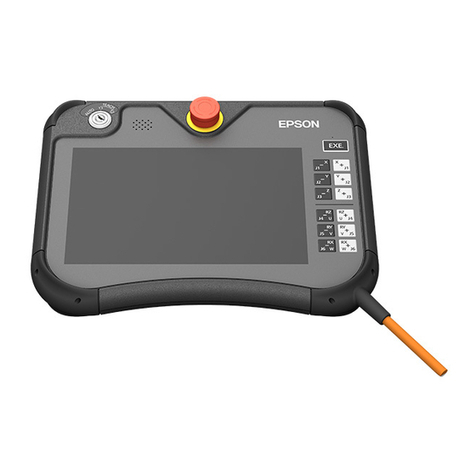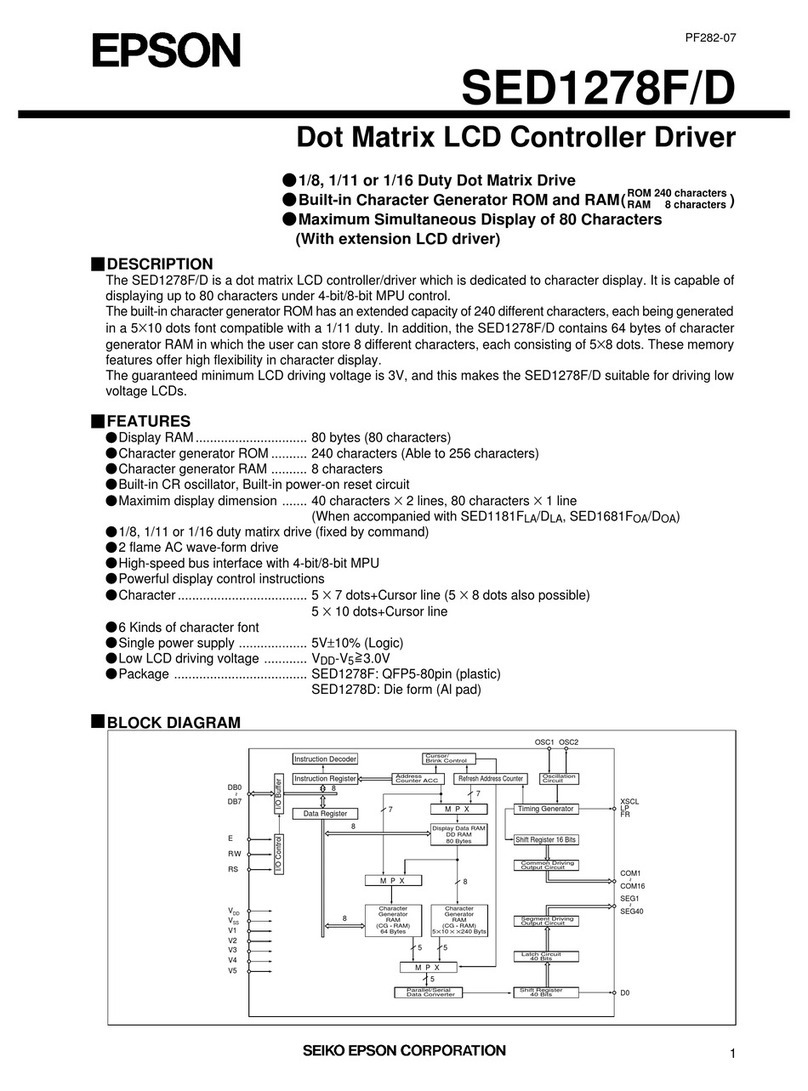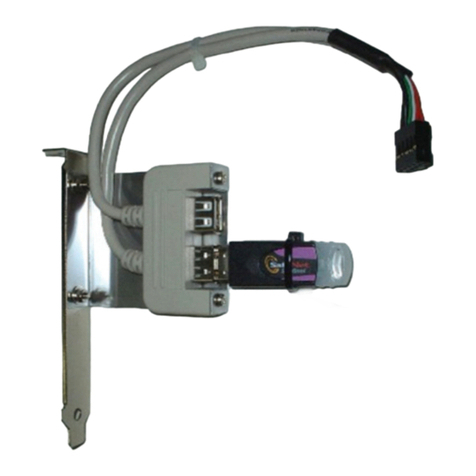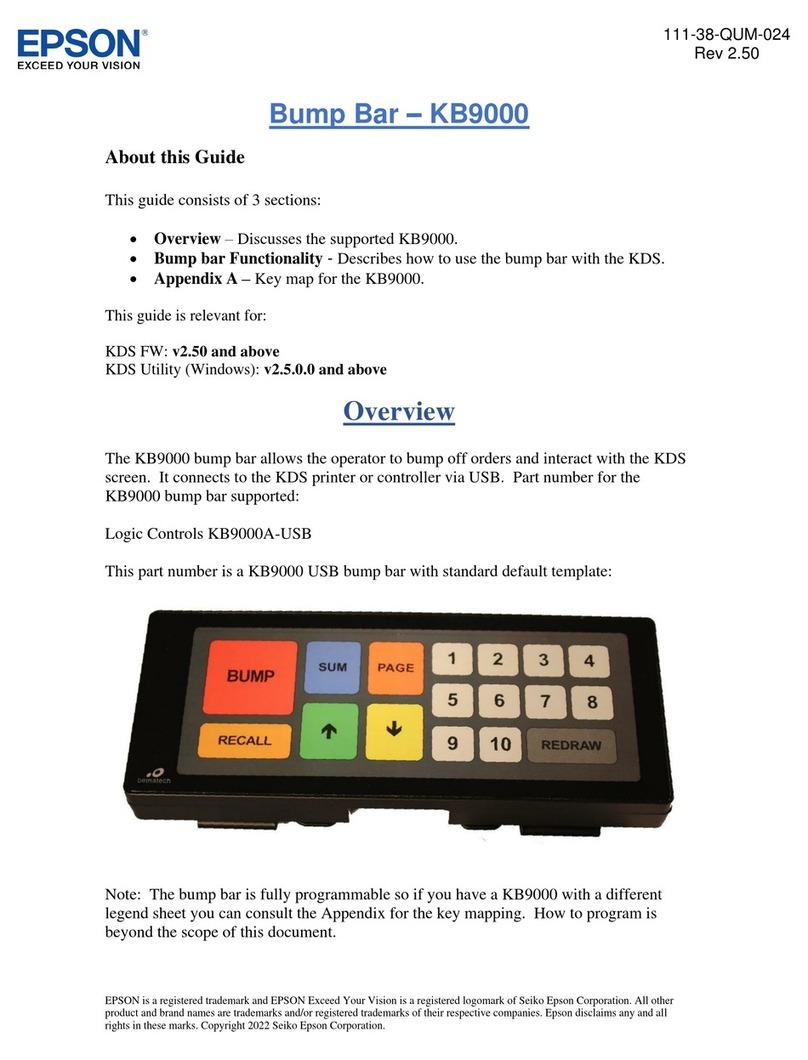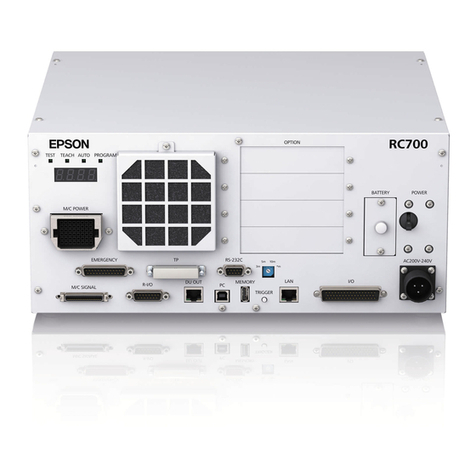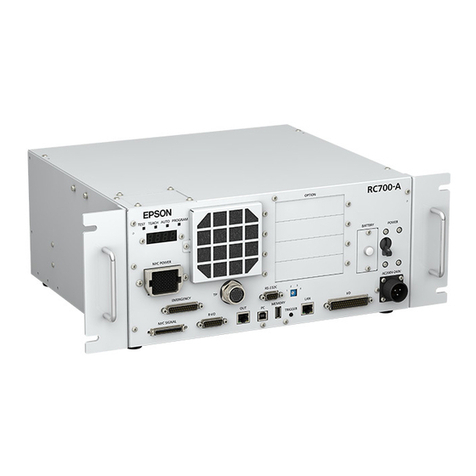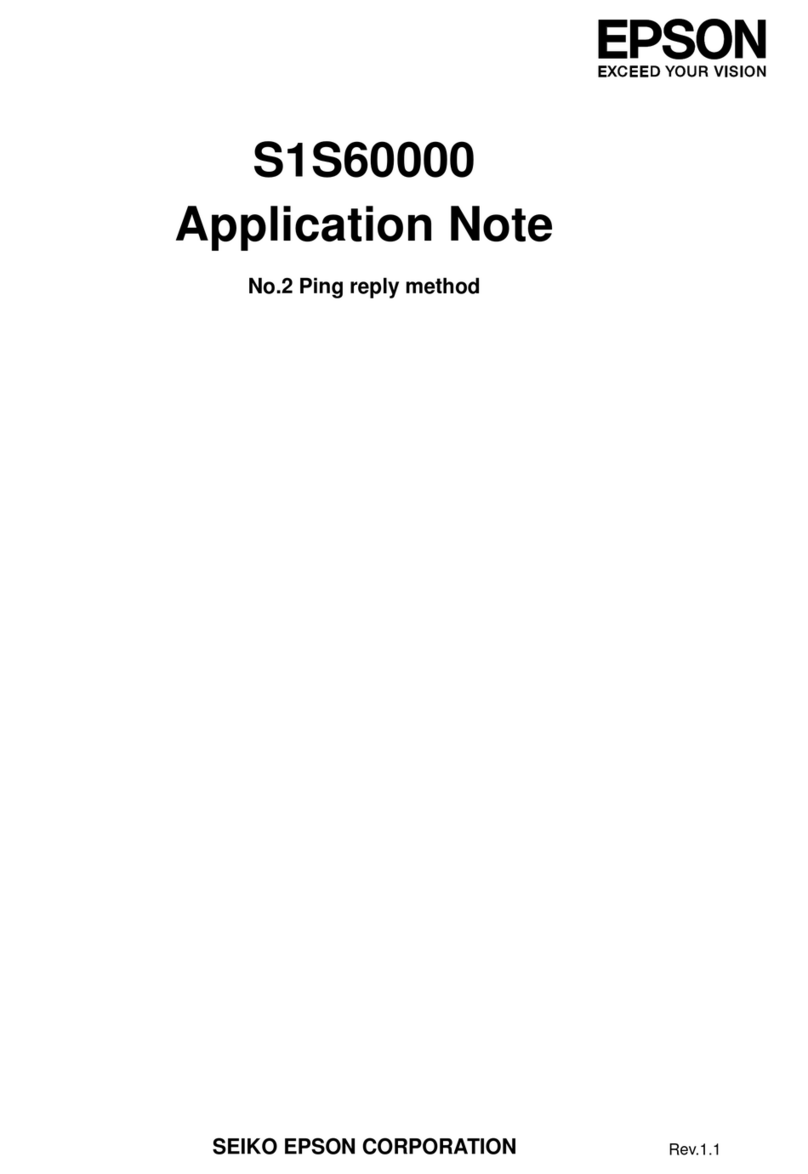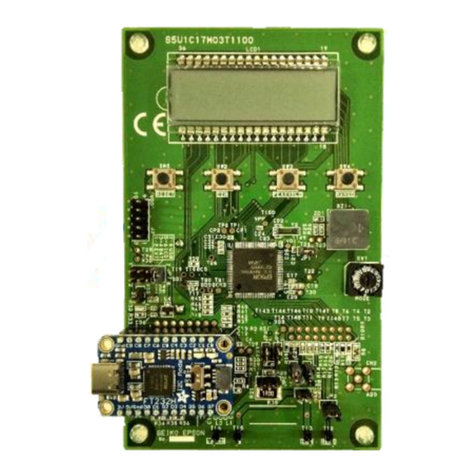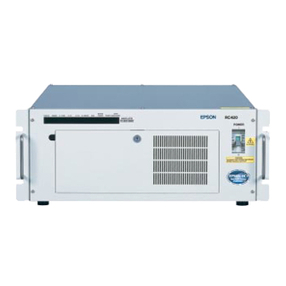
viii
5.1.3 Checking the Functions ........................................ 42
5.2 Emergency Stop Switch.................................................... 43
5.2.1 Emergency Stop Switch ....................................... 43
5.2.2 Checking the Functions ........................................ 43
5.3 Pin Assignments ............................................................... 44
5.4 Circuit Diagrams ............................................................... 45
5.4.1 Example 1: External emergency stop switch
typical application ............................ 45
5.4.2 Example 2: External safety relay typical
application........................................ 46
6. D-I/O Connector 47
6.1 Input Circuit ....................................................................... 48
6.2 Output Circuit .................................................................... 50
6.3 Pin Assignments ............................................................... 52
6.3.1 Pin Assignments ................................................... 52
6.3.2 Optional cable – Pin Assignments ....................... 53
7. Extension I/O Board - Optional 55
7.1 Extension I/O Board.......................................................... 55
7.2 Protected Extension I/O Board ......................................... 56
7.2.1 Jumper Settings.................................................... 56
7.2.2 Input Circuit........................................................... 57
7.2.3 Output Circuit ........................................................ 59
7.3 Extension I/O Board
(the standard for the regions outside Europe) ................. 61
7.3.1 Jumper Settings.................................................... 61
7.3.2 Input Circuit........................................................... 62
7.3.3 Output Circuit ........................................................ 62
7.4 Extension I/O Board : Pin Assignments ........................... 64
7.4.1 Pin Assignments (NPN type)................................ 64
7.4.2 Pin Assignments (PNP type) ................................ 66
7.5 Extension I/O Connector................................................... 68
7.5.1 Pin Layout of Extension I/O Connector ................ 68
7.5.2 Extension I/O Connector Cable............................ 68
7.5.3 Cable - Pin Assignment ........................................ 69
8. I/O Remote Settings 73
8.1 I/O Signal Description ....................................................... 74
8.1.1 Input Signal ........................................................... 74
8.1.2 Output Signal ........................................................ 76
8.2 Timing Specifications........................................................ 78
8.2.1 Design Notes for Input Signal............................... 78
8.2.2 Diagram for Operation Execution Sequence ....... 78
8.2.3 Diagram for Program Execution Sequence ......... 79
8.2.4 Diagram for Safety Door Input Sequence ............ 79
8.2.5 Diagram for Emergency Stop Sequence.............. 80
8.2.6 Diagram for Error Generating Sequence ............. 80

